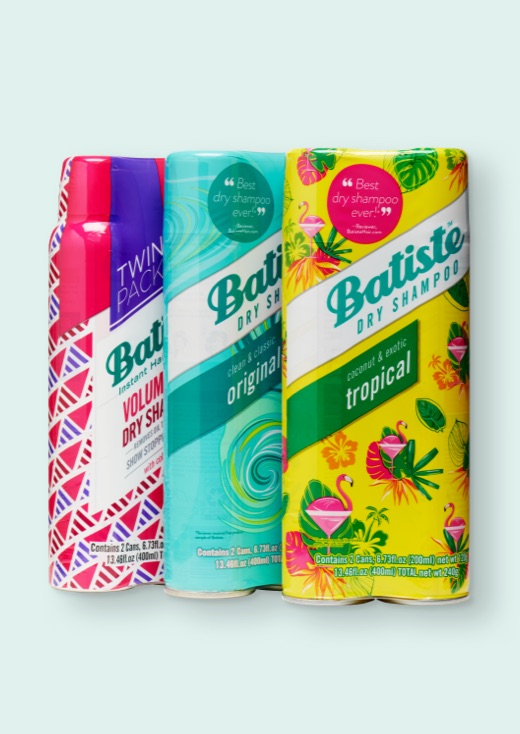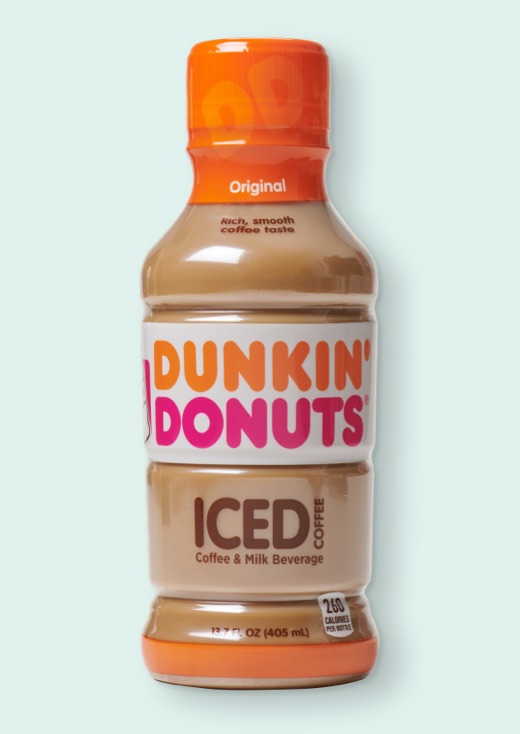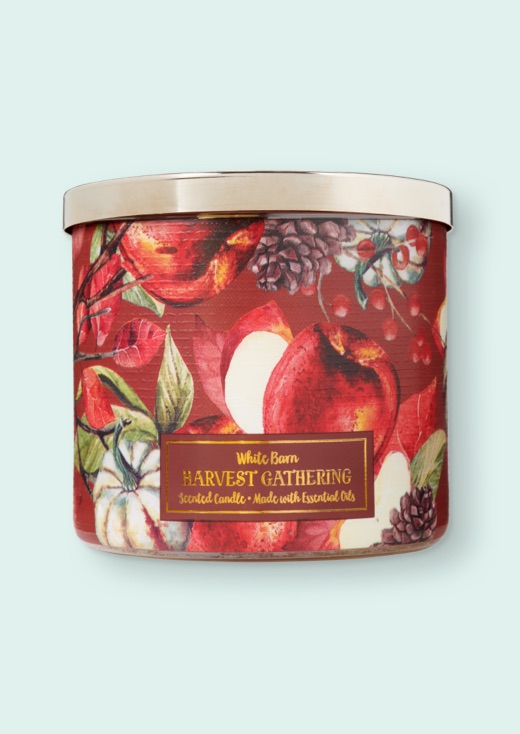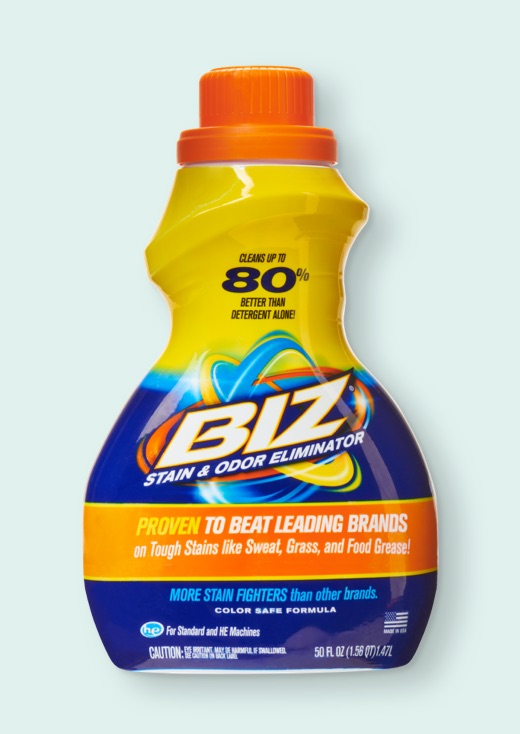Products
Shrink sleeves
One of the fastest-growing labeling methods, shrink sleeves allow brand owners to maximize both shelf appeal and budget. Able to conform to virtually any container shape, these versatile labels are expanding beyond food and beverage packaging, and are now emerging in the household, personal care, beauty, and pet care markets.
Are shrink sleeves right for your brand?
Creating a sleek look and feel, shrink sleeves are quickly becoming one of the leading packaging choices for brands and contract manufacturers. Heated until they shrink tightly around your container, shrink sleeves allow you to select unique containers that stand out on the shelf.

360° of decoration gives designers more space to maximize shelf appeal.

Materials that conform to containers of all shapes and sizes.

Reverse printed, protecting your design from moisture and abrasion.

Add tamper-evidence with perforations or neckbands for consumer peace-of-mind.

Launch promotions and cross- branded items by wrapping multiple products together.
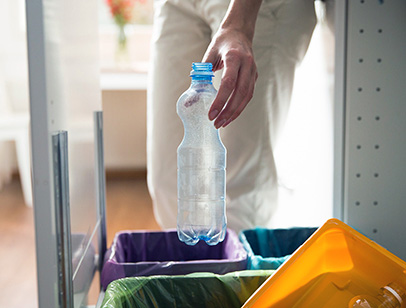
Recyclable and sustainable shrink sleeve materials to reduce your environmental impact.
Solutions that meet your needs
We offer a wide variety of shrink sleeve formats, including shrink sleeve labels, tamper-evident neckbands, and multi-pack sleeves. These solutions are available in a wide range of materials, including PET-G, PVC, OPS, and polyolefin (hybrid) films. Are you looking for sustainable shrink sleeves? We offer APR Preferred, recyclable shrink sleeves (PET-C). We also offer bio-based and post-consumer recycled (PCR) film materials.
No matter what you’re labeling — we’ll work with you to find a solution that meets your needs.
Shrink sleeve labels
Designed for 360-degree branding. Formats include full body, over-the-cap, large format, and partial sleeves.

- Add tamper evidence and perforations for easy removal
- Cover obsolete packaging with blockout coatings
Tamper-evident neckbands
Give consumers peace-of-mind. Neckbands can be clear or fully printed to suit your needs.
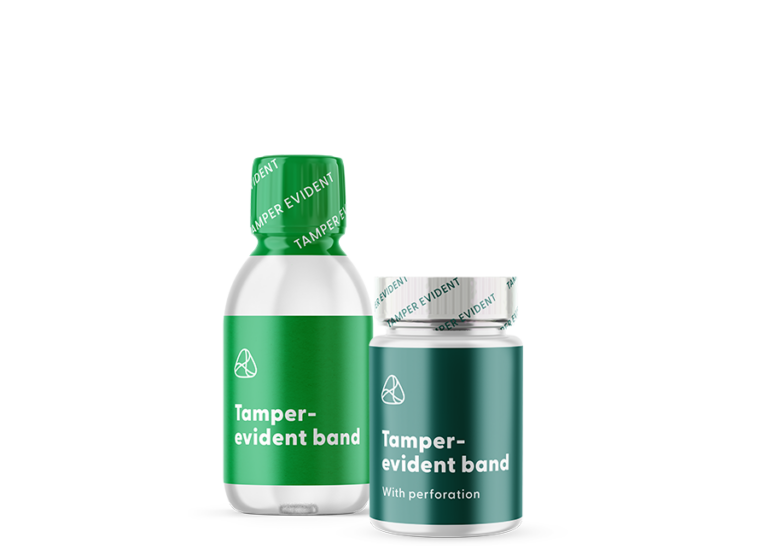
- Add perforations for easy removal
Multi-pack and promotional
Ideal for promotions and warehouse bundles. Common formats include twin packs and bulk packs.
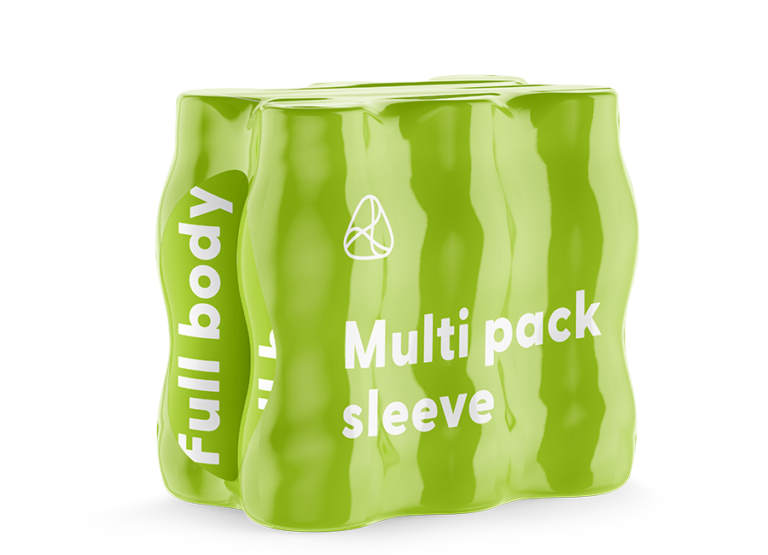
Our shrink sleeve manufacturing process
We take rolls of film – in a wide variety of materials, gauges and widths – and manufacture them into shrink sleeve labels, tamper-evident neckbands, and multi pack sleeves. From artwork development, to printing and finishing, we have everything needed to complete this process in-house.
Explore features + capabilities
One of the most versatile labels around, our shrink labels can be applied to a multitude of packaging surfaces and shapes.
FAQs
We offer a wide range of materials, in a variety of gauges. Our shrink sleeve offering includes:
- Clear and white PET-G
- Recyclable PET-C
- PVC
- OPS
- Polyolefin (hybrid)
- PLA
- Post-consumer recycled (PCR)
We offer gloss, matte, and soft touch matte finishes. These can be flood varnishes (covering the entire design) or spot varnishes (on certain areas of the design). With our digital capabilities, spot varnishes can also be variable.
Our shrink sleeves for PET containers are APR Preferred, helping you maximize the recyclability of your PET packaging without polluting the recycling stream. These solutions include our Crystallizable Shrink (PET-C) material, which utilizes our GreenLabel™ ink technology — a system that completely washes off the ground shrink flakes. These shrink sleeve labels will stay with the PET flakes during the recycling process, but the label’s ink releases from the PET shrink film, allowing both the label and bottle flakes to be recovered. This keeps quality PET in the loop, and promotes a circular economy.
Many shrink sleeves require a distortion or compensation of graphics so logos and design elements appear correct when applied to a container. A printed grid pattern can give data on how the sleeve is forming to the container. It will reveal distortion areas either to avoid or leave room for compensation of the graphics.
That said, we have state of the art graphic distortion software in-house.
Shrink sleeves are most commonly machine applied, but they can be hand applied.
During machine application, shrink sleeves are typically cut from a finished roll and placed around containers. Then, the shrink sleeve will be applied onto the container using heat in a shrink tunnel, usually in the form of hot air, steam, or infrared technology.
Generally used for lower volumes or prototypes, hand application requires cutbands to be placed around containers. Then, a handheld gun or shrink box is used to shrink the sleeve onto the container.
Get inspired
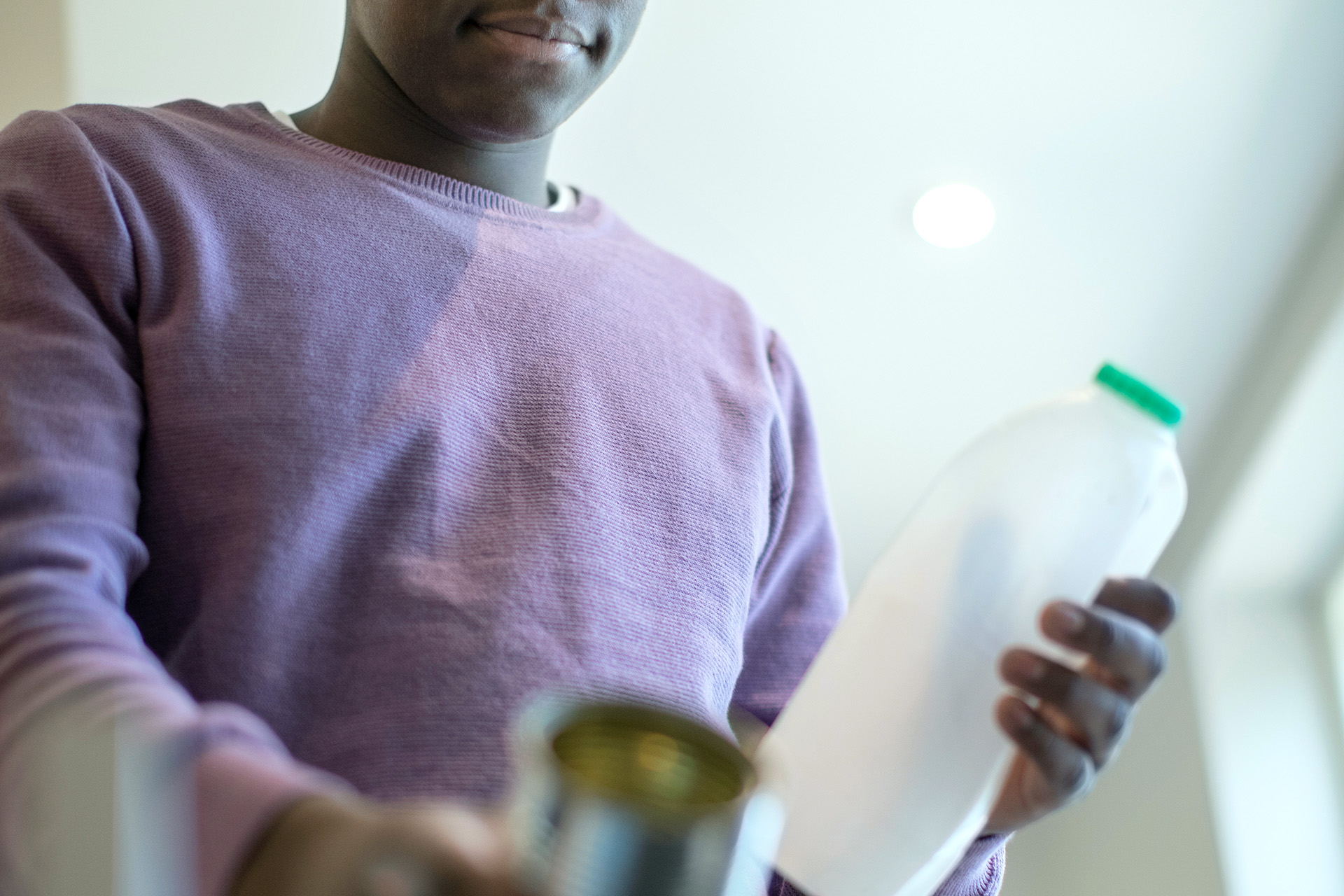
Why you should switch to light-blocking shrink sleeves
As leading brands seek to eliminate problematic plastic in their packaging, recyclable solutions are top-of-mind. For some markets, the transition from hard-to-recycle plastics to recyclable ones has been difficult. In

Brook + Whittle launches recyclable light-blocking shrink sleeve
GUILFORD, CT – September 8, 2022 – Brook + Whittle is delighted to announce the launch of GreenLabel™ BlockOut, a recyclable light-blocking shrink sleeve. This patent-pending solution helps brands transition

